Thessaloniki gets ready for its metro launch in November
The underground rapid transit lines have been under construction for almost two decades due to various project delays
 TheMayor.EU logo
TheMayor.EU logo 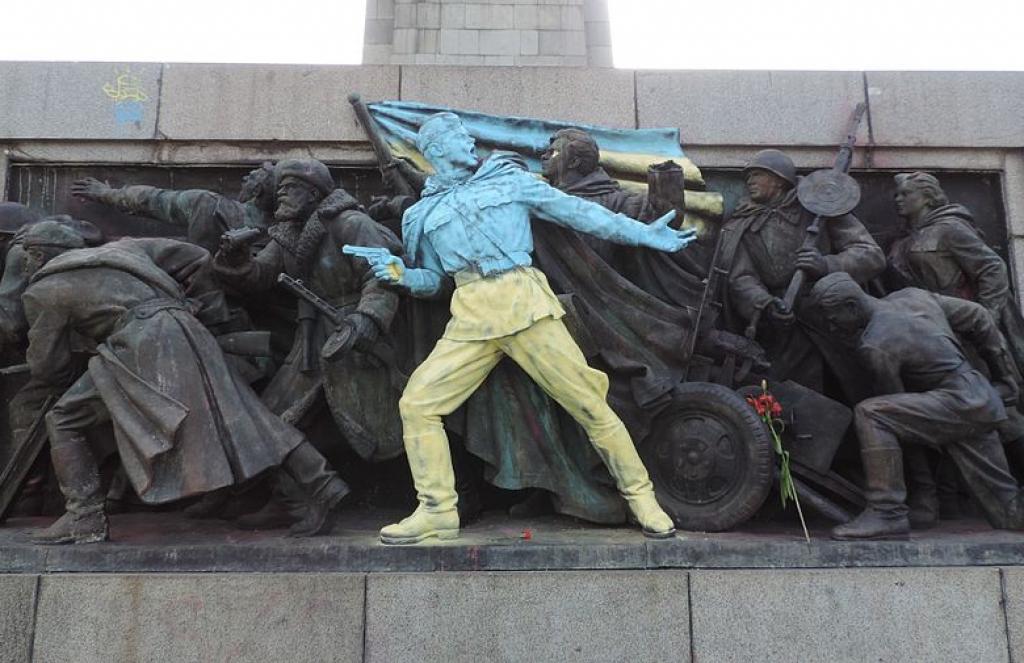
The Monument of the Soviet Army in Sofia painted in the colours of Ukrainian flag, in act of protest, 24 February, 2014, Source: Vassia Atanassova - Spiritia on Wikipedia, CC BY-SA 3.0
The monument has been the site of many anti-Russian activist campaigns over the years
Yesterday evening, Traicho Traikov, mayor of the Sredets district in Sofia, announced that the municipality will dismantle the contentious Monument of the Soviet Army. The monument, located in the heart of the Bulgarian capital, was built in 1954 to commemorate the Soviet victory against Nazi Germany in World War II, as well as the successful Communist coup in the country in 1944.
It has also been the subject of many debates over the years, as Bulgaria has sought to remove many communist-era symbols from cities since the fall of the Iron Curtain. The Monument of the Soviet Army in Sofia has since become a gathering place for many left-wing and pro-Russian organisations, especially on days of commemoration like 9 May, also known as Victory Day.
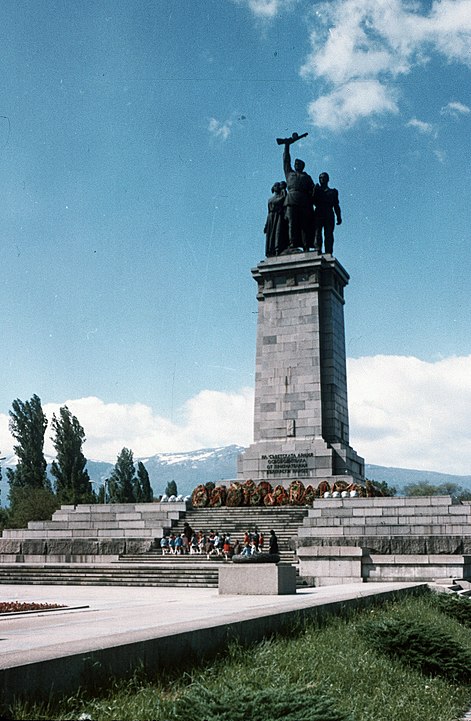
The Monument of the Soviet Army in Sofia in the 1970s,
Source: Bin im Garten on Wikipedia, CC BY-SA 3.0
According to Traicho Traikov, despite a municipal council decision to remove the monument dating from 1993, there has not been a district mayor in Sredets ready to implement it. As the crisis in Ukraine ramps up, he explained on social media, the time has come.
Furthermore, representatives in Sofia City Council support the move, with the notable exception of the Bulgarian Socialist Party. Traicho Traikov ended his statement with a message of peace: “Good night to all the people with broken hearts and tears in their eyes in Ukraine and may God help all people.”
The 45-metre-tall monument has been a contentious landmark in the capital for many years. Despite pro-Russian organisations using it as a space for commemoration, various activist groups have also used the monument as an outlet for activism.
In 2011, a bronze relief on the side of the monument was painted so that the figures resemble pop-culture heroes like Captain America, the Joker and Ronald McDonald.
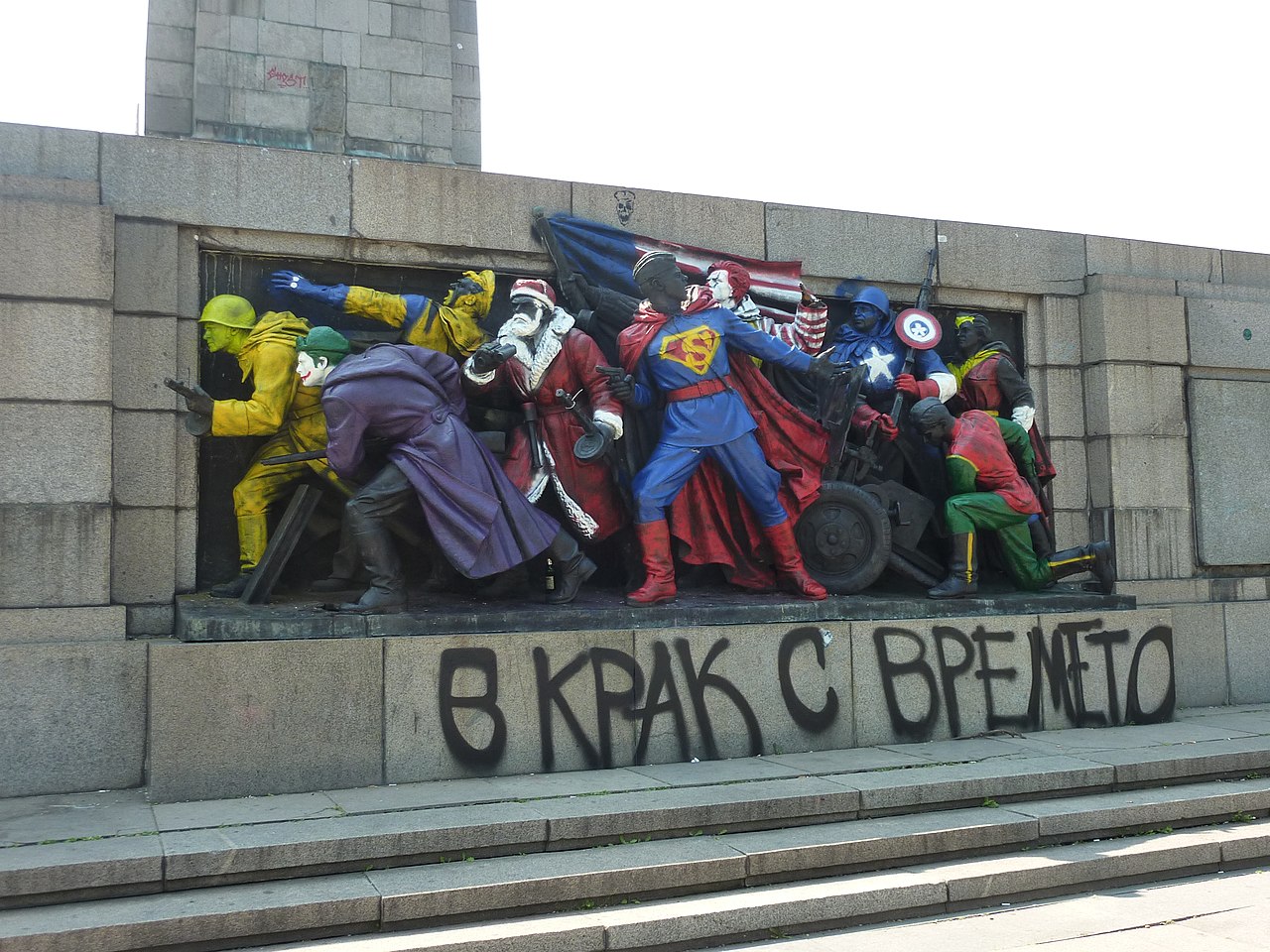
The message reads: "In line with the times"
Source: Ignat Ignev on Wikipedia, CC BY 3.0
In 2013, parts of the monument were painted in pink, as an apology for the occupation of Prague in 1968. The Bulgarian army was one of the first to enter Czechoslovakia during a Soviet punitive action against Alexander Dubček’s attempt to liberalise the country’s totalitarian regime.
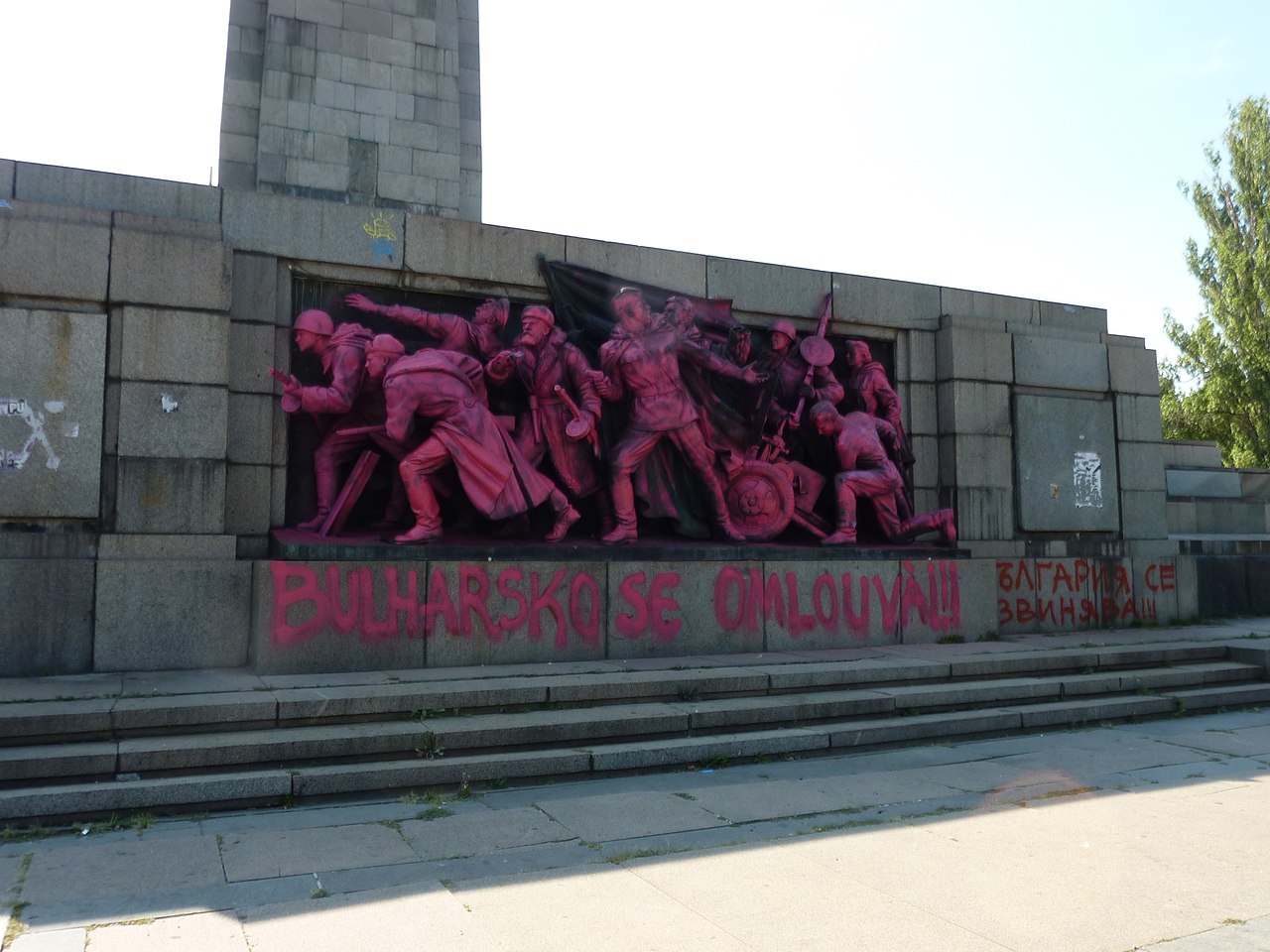
The message reads: "Bulgaria is apologising" in Czech and Bulgarian
Source: Ignat Ignev on Wikipedia, CC BY 3.0
In 2014, when the Ukrainian crisis first broke out and Russian forces occupied the Crimean Peninsula, the monument received yet another makeover.
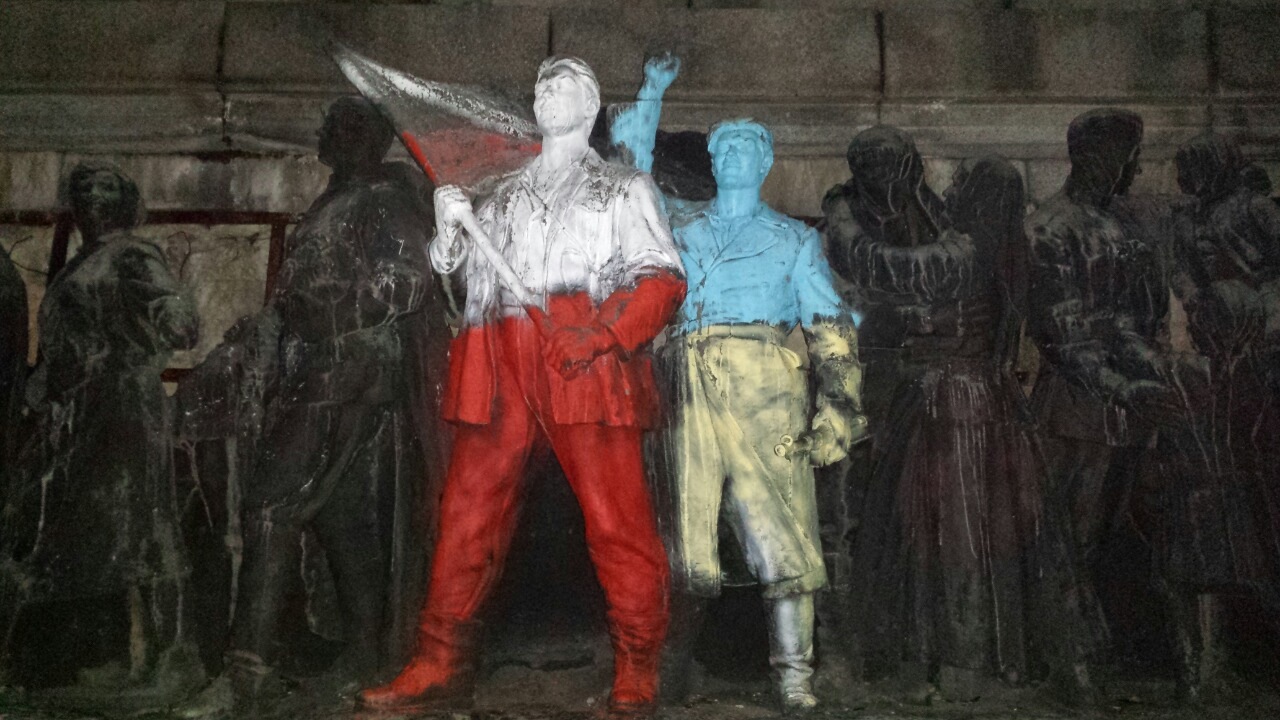 Ukrainian soldier, next to a polish soldier holding the Bulgarian flag
Ukrainian soldier, next to a polish soldier holding the Bulgarian flag
Source: George Valkov on Wikipedia, CC BY-SA 3.0

The underground rapid transit lines have been under construction for almost two decades due to various project delays

Now you can get your wine in Talence by paying directly in Bitcoin

That’s because the state has to spend money on updating the railway infrastructure rather than subsidizing the cost of the popular pass

Rethinking renewable energy sources for the urban landscape

The examples, compiled by Beyond Fossil Fuels, can inform and inspire communities and entrepreneurs that still feel trepidation at the prospect of energy transition

Now you can get your wine in Talence by paying directly in Bitcoin

The 10th European Conference on Sustainable Cities and Towns (ESCT) sets the stage for stronger cooperation between the EU, national and local level to fast track Europe's transition to climate neutrality.

At least, that’s the promise made by the mayor of Paris, Anne Hidalgo

The underground rapid transit lines have been under construction for almost two decades due to various project delays

At least, that’s the promise made by the mayor of Paris, Anne Hidalgo

Hostal de Pinós is located in the geographical centre of the autonomous region

Despite its church-y name, the district has long been known as the hangout spot for the artsy crowds

Urban dwellers across the EU are having a say in making their surroundings friendlier to people and the environment.

Forests in the EU can help green the European construction industry and bolster a continent-wide push for architectural improvements.

Apply by 10 November and do your part for the transformation of European public spaces

An interview with the Mayor of a Polish city that seeks to reinvent itself

An interview with the newly elected ICLEI President and Mayor of Malmö

A conversation with the Mayor of Lisbon about the spirit and dimensions of innovation present in the Portuguese capital














